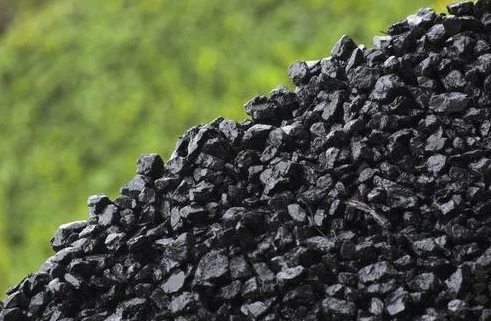
Chemically produced graphite is used in a variety of applications. It is widely regarded as a strategic material due to its unique merits including high electrical conductivity, high thermal resistance, and low coefficient of expansion. The production of graphite is typically done through a process of high-temperature treatment of carbonaceous raw materials such as petroleum coke, coal-tar pitch, or anthracite coal. Coal is the most readily available and low-cost carbonaceous source. It can be transformed into a highly ordered structure that rivals most natural graphite by the use of appropriate heat treatment conditions. Moreover, the process has the advantage of wide availability as a raw material and high controllability.
Among the many processes for producing graphite, Electrically Calcined Anthracite (ECA) has emerged as an efficient and cost-effective technology. This process uses an electrical current to cause the calcination of anthracite coal at high temperatures. The resulting coal-derived graphite has the advantage of being highly purified, free from metals, and has very good mechanical properties.

ECA is a key step in the manufacture of carbon anodes and graphite electrodes for lithium-ion batteries and a wide variety of other applications. During the calcination of anthracite, the molecules of the amorphous carbon undergo a structural rearrangement, thereby forming the crystalline structure of graphite. This transformation is typically accomplished by heat treatment at a temperature of 2000 degC or higher. The treatment can also be improved through the addition of certain chemicals such as lignite coal or carbon additives.
The X-ray diffraction patterns of the anthracite coal particles exhibited the characteristic pattern of graphite characterized by a broad asymmetry and narrow width of the diffraction peaks with increasing preparation temperature, as shown in Figure 4. Sample 6-1300 is capable of forming a highly ordered structure that can rival most natural graphite in terms of its structural order and its ability to conduct electric currents. This is indicated by the relatively narrow FWHM value of both the D1 and G bands for this sample.
Another parameter that reflects the degree of graphitization is the ID1/IG ratio. The ratio of the number of aromatic rings to their total number in graphitizing anthracite increases with increasing preparation temperature. In contrast, the ID1/IG ratio of non-graphitizing anthracite decreases as the preparation temperature is increased. This is probably because the pyrite in anthracite preferentially reacts with disordered carbon and forms moissanite, while other minerals such as illite, quartz, and dolomite promote the formation of oldhamite by reaction with sulfur.
It is important to understand the effect of various minerals on the graphitization of anthracite in order to optimize the synthesis of electrochemically-formed high quality graphite. The added mineral kaolinite is the most effective in enhancing the graphitization of anthracite, while pyrite is less effective. The catalytic effect of illite, quartz, and dolomite is much lower than that of kaolinite. Adding kaolinite to anthracite can increase the degree of graphitization and improve its characteristics in particular, such as the ability to conduct electric currents.

Write a Message